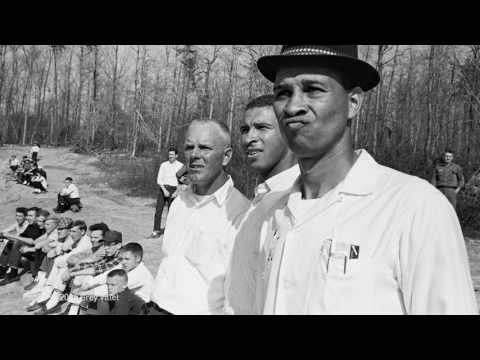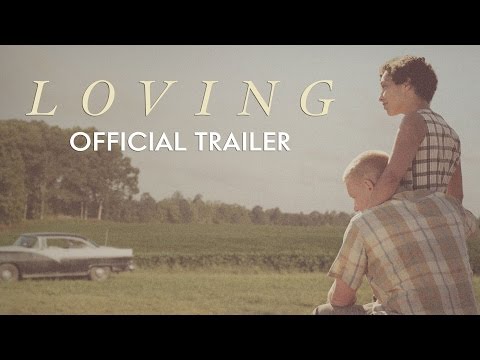Looking Back at the Landmark Case, Loving v. Virginia
Few cases were more aptly named than Loving v. Virginia, which pitted an interracial couple — 17-year-old Mildred Jeter, who was black, and her childhood sweetheart, 23-year-old white construction worker, Richard Loving — against Virginia's 'miscegenation' laws banning marriage between blacks and whites. After marrying in Washington, D.C. and returning to their home state in 1958, the couple was charged with unlawful cohabitation and jailed.


The Lovings left Virginia and went to live with relatives in Washington, D.C. When they returned to visit family five years later, they were arrested for traveling together. Inspired by the civil rights movement, Mildred Loving wrote to Attorney General Robert F. Kennedy for help. The couple was referred to the ACLU, which represented them in the landmark Supreme Court case, Loving v. Virginia (1967). The Court ruled that state bans on interracial marriage were unconstitutional.


“Loving,” a film celebrating the real-life courage and commitment of Richard and Mildred Loving (portrayed by Joel Edgerton and Ruth Negga), opened in theaters on November 4. Watch the trailer above, and share your thoughts on social media: #ThisIsLoving #ThankYouLovings.
MORE ON LOVING
- Case facts (oyez.gov)
- Why the Lessons of Loving Are Still Relevant Today (motto)
- What You Didn’t Know About Loving v. Virginia (Time)
- Loving Decision: 40 Years of Legal Interracial Unions (NPR)
- [BLOG] A Loving Reality for All
- [PODCAST] Attorney Philip Hirschkop Discusses the Landmark Loving v. Virginia Case